And my pepper grinder just died. It really has been one of those days. How thoughtful of Bed, Bath and Beyond to put a 20% off anything coupon in my mailbox today.

So I'm going to write about squirrels instead of the trials and tribulations of this week. Squirrels and oak trees have a deeply intertwined relationship. Squirrels rely on oaks for food in the form of acorns and the oak trees depend on the squirrels forgetting about some of their cached nuts and in turn dispersing oak seedlings far and wide. Oak forests nearly always contain both red and white oak species. The white oak has an acorn which germinates in the fall, soon after if falls to the forest floor, whereas the red oak acorns germinate in the spring. Once an acorn germinates, its food value plummets for the squirrels, and the squirrels know this. They tend to bury the red oak acorns for eating in late winter and early spring, whereas they eat more white oak acorns fresh in the fall. They do cache white oak acorns as well though, but often before doing so, they bite into the acorn and remove the embryo. This prevents the acorns from germinating, preserving their food value for the squirrels. The embryos are not removed from red oak acorns before burying in the fall, but squirrels have been observed digging up red oak acorns in the early spring, removing the acorn embryo, then re-burying the acorn for later consumption. Clever, eh?
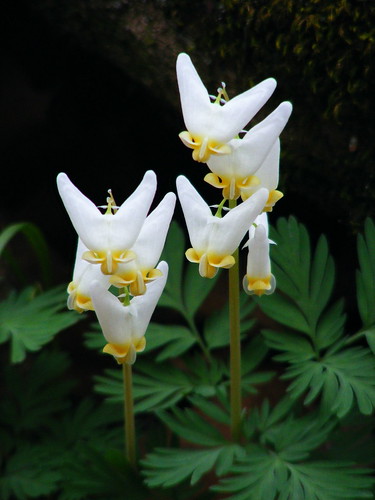

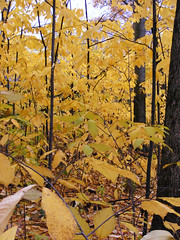
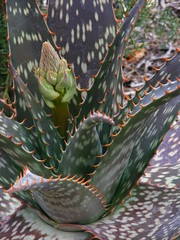
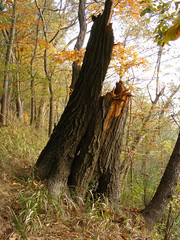
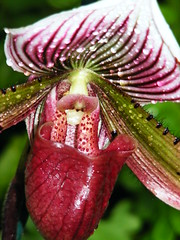
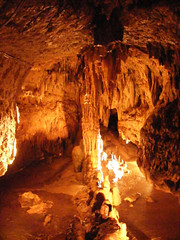

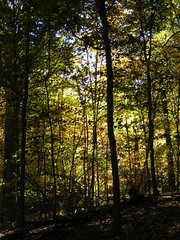
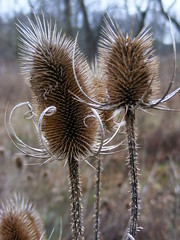
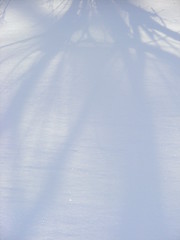
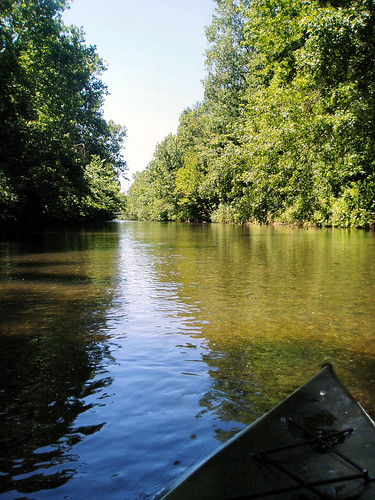
No comments:
Post a Comment